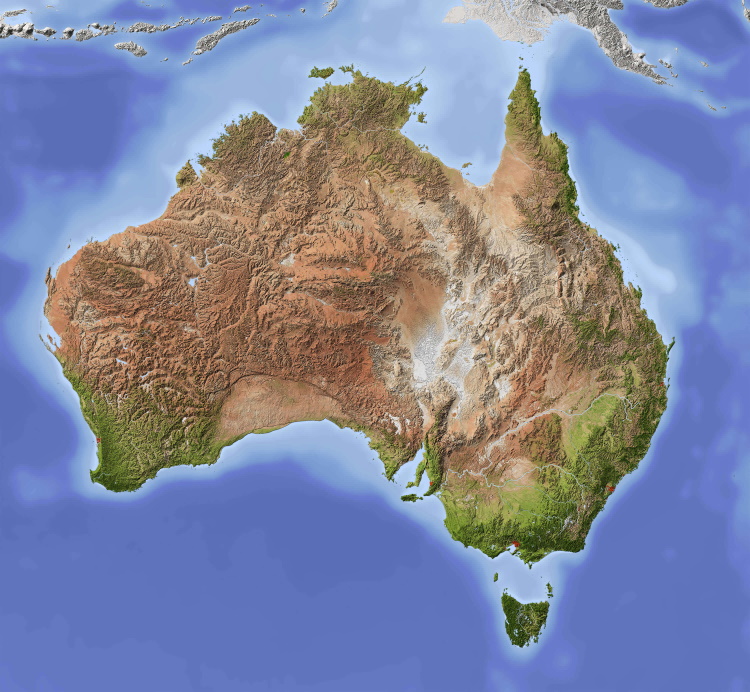Many of us are now dressed head to toe in plastic.
A textile derived from the same non-renewable source as takeaway containers, has grown to make up more than half of the clothes bought in Australia.
Polyester is durable, cheap, and dries quickly. It’s also easy to print patterns on.
It’s commonly used by itself or as a blend with other textiles. It’s used for gym clothes and sports uniforms, party dresses, work attire, and many cheap fast fashion items.
And every purchase is taking an environmental toll.
One Australian study by RMIT found a single 100 per cent polyester T-shirt has a carbon footprint — from creation through to when you dump it in the bin — equivalent to 20.56 kilograms of CO2 emissions (CO2e).
That’s equivalent to driving 140 kilometres. Buy just six tops, and that gets you all the way from Melbourne to Sydney.
So, what’s involved in getting a T-shirt from a fossil fuel, to the one you might be wearing right now? Here’s its journey along the supply chain.


Wow that’s a much bigger impact than I’d considered. Do you know the environmental cost of a cotton alternative? You seem like someone who might have that answer lol
I cant say for certain, but I can definitely speculate. I do know cotton requires a fair amount of water to grow, but I don’t think it would use as many petrochemicals in the production. Though it would still use some, even if that is just in the supply chain through things like diesel for trucks and ships. The chemicals they use (like pesticides) may be derived from petrochemicals, but even if they aren’t they could be damaging to the environment in many other ways. So I think polyester could have the greatest emissions of the two.
I guess it could depend on the scale of production too. Like if we were to try and replace all polyester clothing with cotton, that could have a massive impact due to the amount of land and water needed to produce such quantities of cotton clothing and such. But at the same time, creating clothes out of plastic isn’t going so well either.
Ultimately we will probably still have to have some diversity materials for sustainable clothing production. It will really come down to a balance of land use, water use, what uses the least amount of chemicals, and probably a lot of other considerations.
It’s complicated to calculate precisely, but cotton is widely considered to be almost as awful as polyester. Production takes up huge areas of land and a bunch of water, and the carbon footprint (depending on production type and how it’s calculated) can end up being roughly the same as polyester. Here’s a Guardian piece for more info.
There are some efforts to push for more sustainable cotton production, and it is making a change. So buying organic/sustainably sourced cotton could possibly half the climate footprint without any visible change to the material - it’s not necessarily just a green washing marketing trick.
As with everything else, the best you can do is to make sure you don’t buy more than you need, that you make sure to keep things as long as they can last, and repair them whenever possible. The lowest climate footprint you’re going to get is obviously from the clothes already in your wardrobe; the follow-up is buying second hand. It’s beyond obvious, but it bears repeating.
There’s also the fact that cotton does not shed microplastics. Afaik textiles & car tires are part of the biggest contributors globally.
For clothes in general, I try to buy from proper brands now though. All those cheap brands might be a cheaper purchase, but in my experience they fall apart so quickly and are often also cut weirdly which does not make them fit well, that you always end up buying more than when you could’ve just gotten a better quality product (not talking about overpriced stuff where you pay premium for the brand name alone).
Yes. Some polyester products are better than others when it comes to shedding microplastic, but I guess at the end of the day it’ll end up in a landfill anyway. The cotton will decompose, and I think I am also more likely to repair my cotton clothing.
I’m struggling a lot to find clothes where I’m satisfied with the quality. I try to avoid fast fashion and cheap products, but I also prefer buying clothes in stores rather than online. It’s a market that’s extremely hard to navigate, more often than not I’m underwhelmed by the quality, and just finding something that you can be reasonably sure wasn’t produced in a sweatshop is challenging as hell.
My god do I hate this industry.
One certainly doesn’t break down into microplastic though